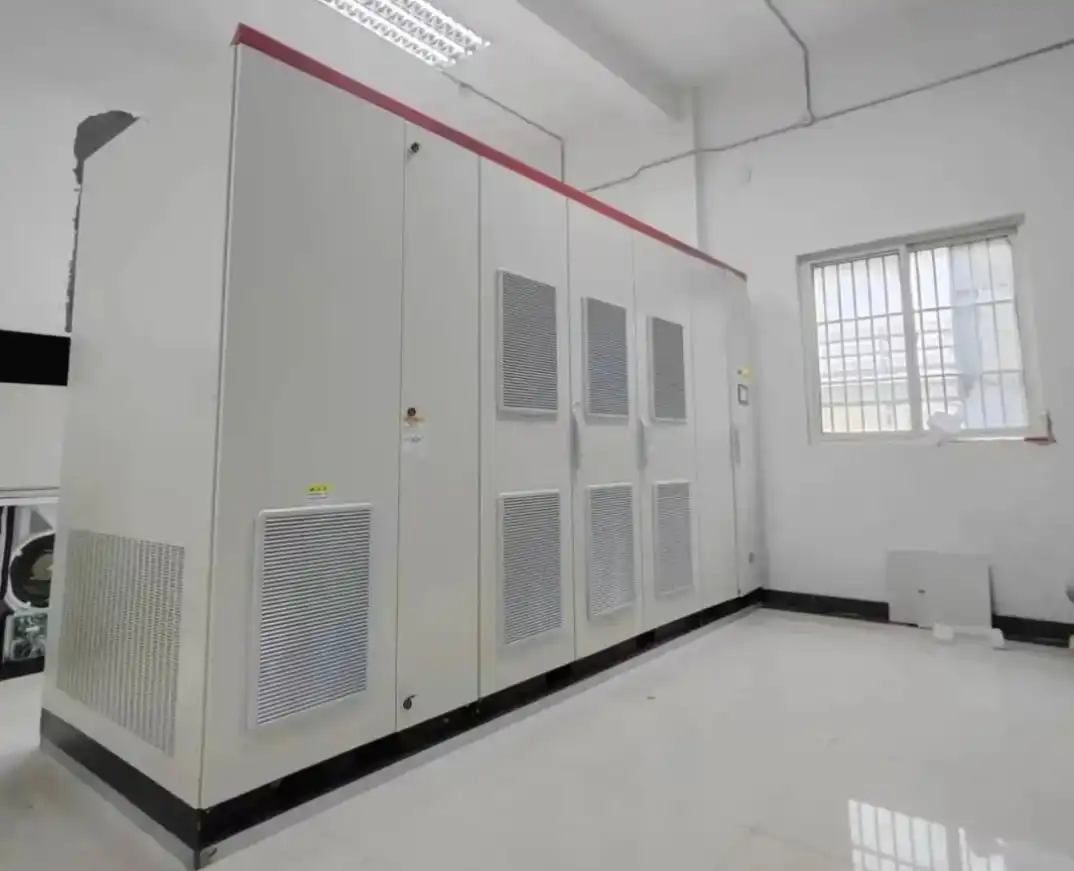Reactive Power Compensation Methods in Power Supply Systems
Reactive power compensation enhances the power grid’s power factor, reduces losses in transformers and transmission lines, and improves overall power supply quality. Proper selection of compensation devices is crucial—optimal choices minimize grid losses, while improper use can lead to voltage fluctuations, harmonic distortion, and other issues. Below are the three primary compensation methods:
- Common Compensation (Three-Phase Shared Compensation)
In this traditional approach, contactors control all three phases simultaneously—either energizing or disconnecting them together. The compensation uses a three-phase capacitor to balance the entire circuit at once.
Advantages:
Simple control, cost-effective, reliable, and easy to maintain.
Disadvantages:
Ineffective for three-phase unbalanced loads; may exacerbate imbalance.

- Split Compensation (Phase-Specific Compensation)
High-power or high-load equipment often causes three-phase imbalance by drawing unevenly from phases (e.g., using only two phases). Split compensation addresses this by independently switching capacitors for each phase (A, B, or C) as needed.
When to Use: necessary for imbalances exceeding 15%. Below this threshold, common compensation typically suffices to meet power factor standards.
Advantages:
High precision for unbalanced loads.
Disadvantages:
Higher cost, complex control, and maintenance challenges.
- Hybrid Compensation
This method combines common and split compensation branches. The common branch handles the base load, while split branches address residual imbalances, optimizing cost and performance.
Typical Configuration: split compensation covers 20–40% of the total compensation capacity.
Purpose: balances cost-efficiency with precision, avoiding the expense of full split compensation.



